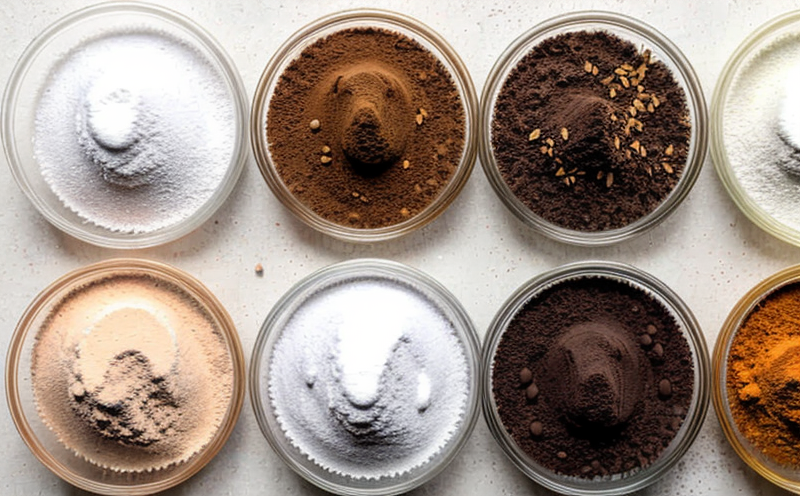AOAC 970.18 Artificial Sweetener Detection in Soft Drinks
The AOAC Official Method 970.18 is a widely recognized and authoritative analytical procedure for the determination of artificial sweeteners in soft drinks. This method utilizes high-performance liquid chromatography (HPLC) with UV detection to accurately quantify saccharin, cyclamate, aspartame, and other approved artificial sweeteners.
The technique involves a series of steps designed to ensure precise measurement. Initial sample preparation includes filtration to remove particulates and subsequent dilution if necessary. The prepared samples are then injected into the HPLC system for analysis. Chromatographic separation allows for efficient identification and quantification of target compounds based on their retention times.
AOAC 970.18 is particularly valuable in ensuring compliance with regulatory standards set by organizations such as the U.S. Food and Drug Administration (FDA) and European Commission (EC). Compliance is crucial not only to meet legal requirements but also to safeguard consumer health, especially for vulnerable populations like children.
The method's robustness lies in its ability to handle a wide range of soft drink formulations while maintaining accuracy and precision. This makes it suitable for various industries including beverage manufacturers, quality control laboratories, and regulatory bodies. The use of this standard helps prevent potential risks associated with the presence of unapproved or excessive levels of artificial sweeteners.
Understanding the intricacies of AOAC 970.18 is essential for professionals in food and feed testing who need to ensure product integrity and safety. This method's reliability supports trust within supply chains, enhances consumer confidence, and facilitates international trade by aligning with global standards.
- Comprehensive Detection: AOAC 970.18 can detect multiple artificial sweeteners simultaneously, providing a holistic view of the sample composition.
- Precision Measurement: The method ensures accurate quantification, which is critical for compliance and quality assurance.
- Regulatory Compliance: By aligning with international standards, this test supports legal requirements and industry best practices.
- Safety Assurance: Ensuring the absence of unauthorized or excessive sweeteners promotes consumer health and safety.





